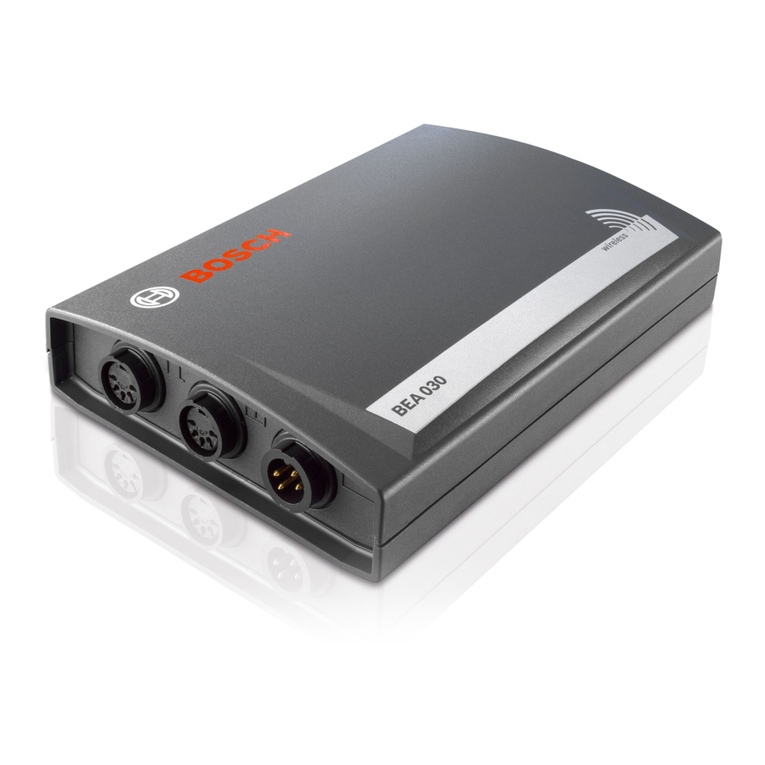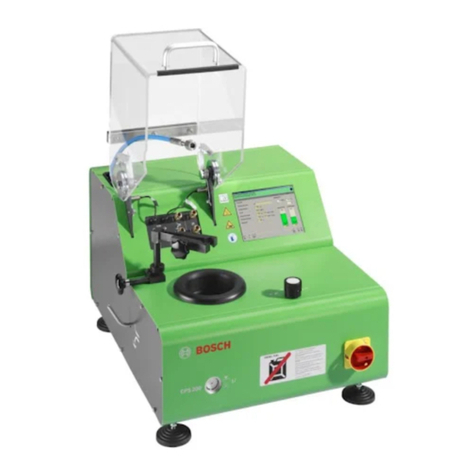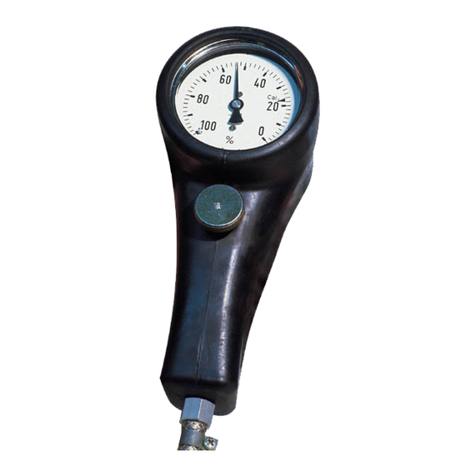Bosch BAT 131 User manual
Other Bosch Test Equipment manuals

Bosch
Bosch RG8.0 Setup guide
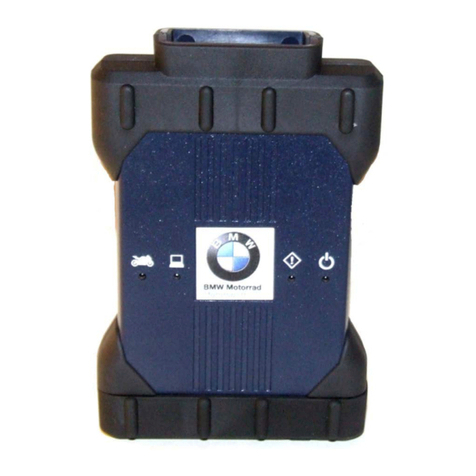
Bosch
Bosch RCK3 VCI User manual

Bosch
Bosch CRI SST User manual
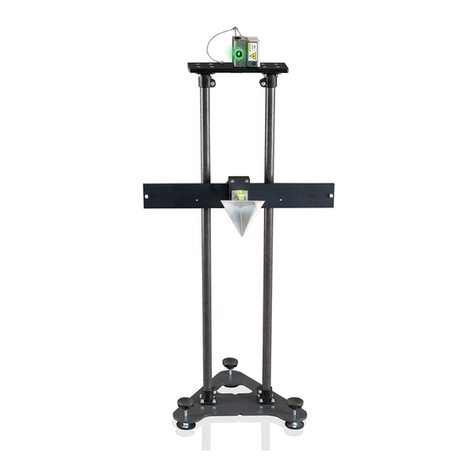
Bosch
Bosch SCT 815 User manual

Bosch
Bosch EPS 610 User manual

Bosch
Bosch KTS 200 User manual
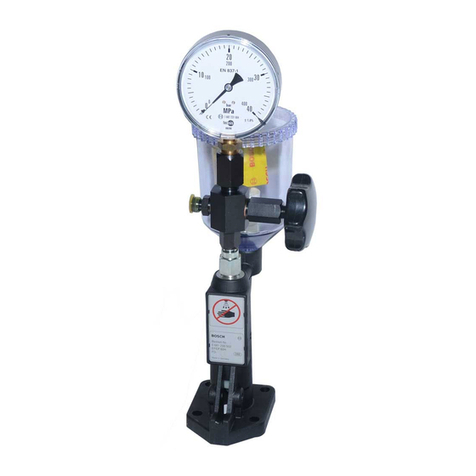
Bosch
Bosch EFEP 60H User manual
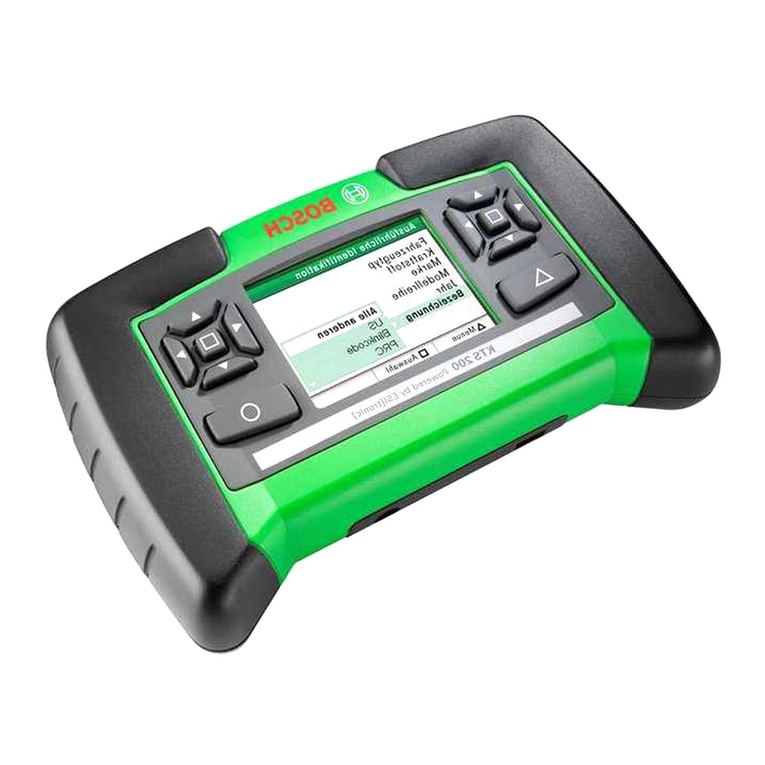
Bosch
Bosch KTS 200 User manual
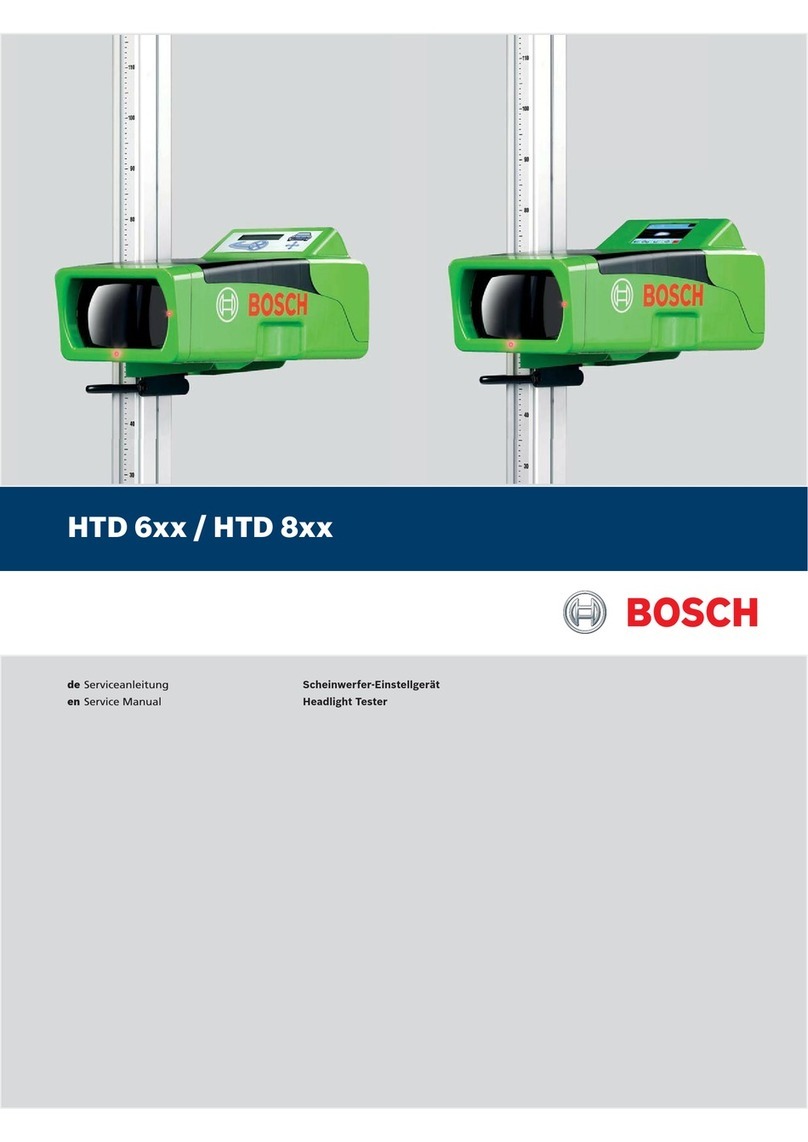
Bosch
Bosch HTD 6 Series User manual
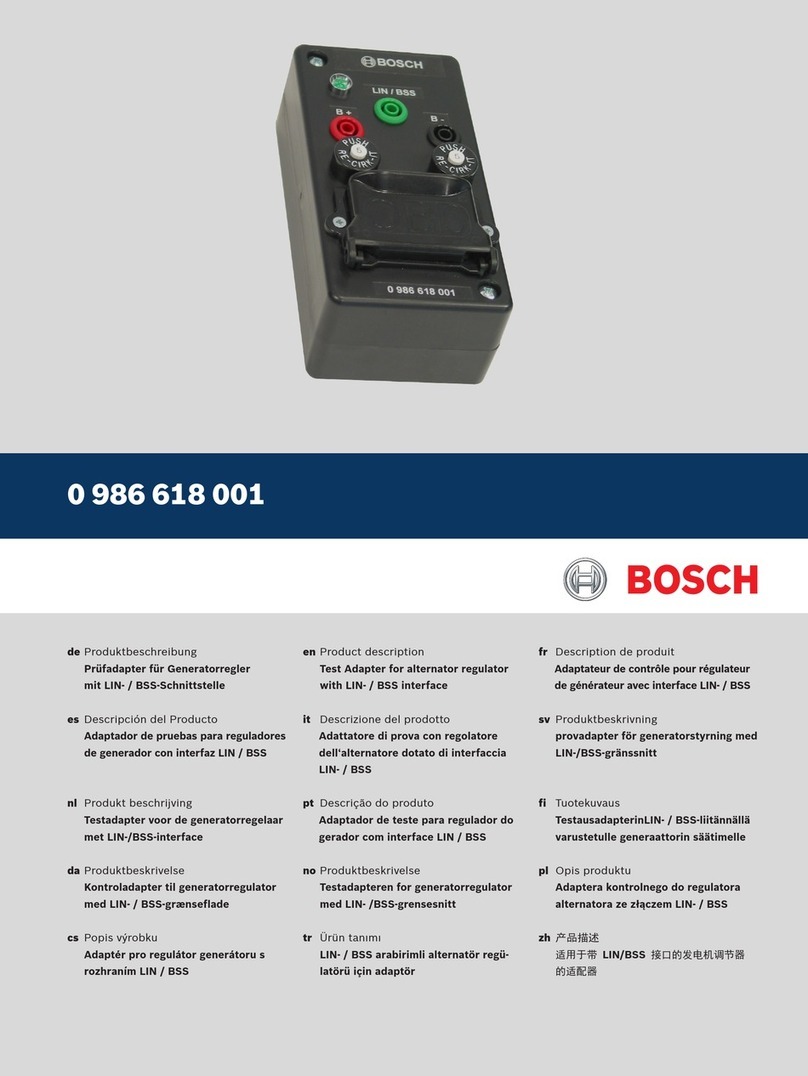
Bosch
Bosch 0 986 618 001 User manual

Bosch
Bosch BAT 131 User manual

Bosch
Bosch BEA 055 User manual
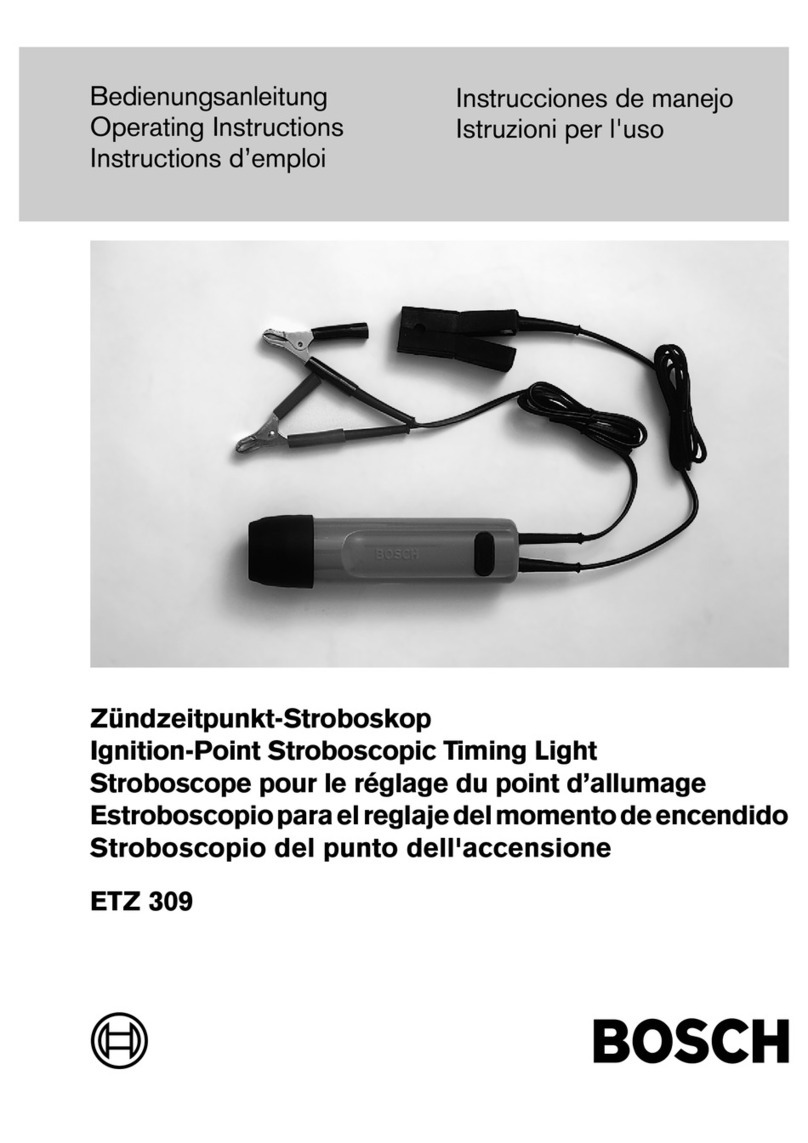
Bosch
Bosch ETZ 309 User manual
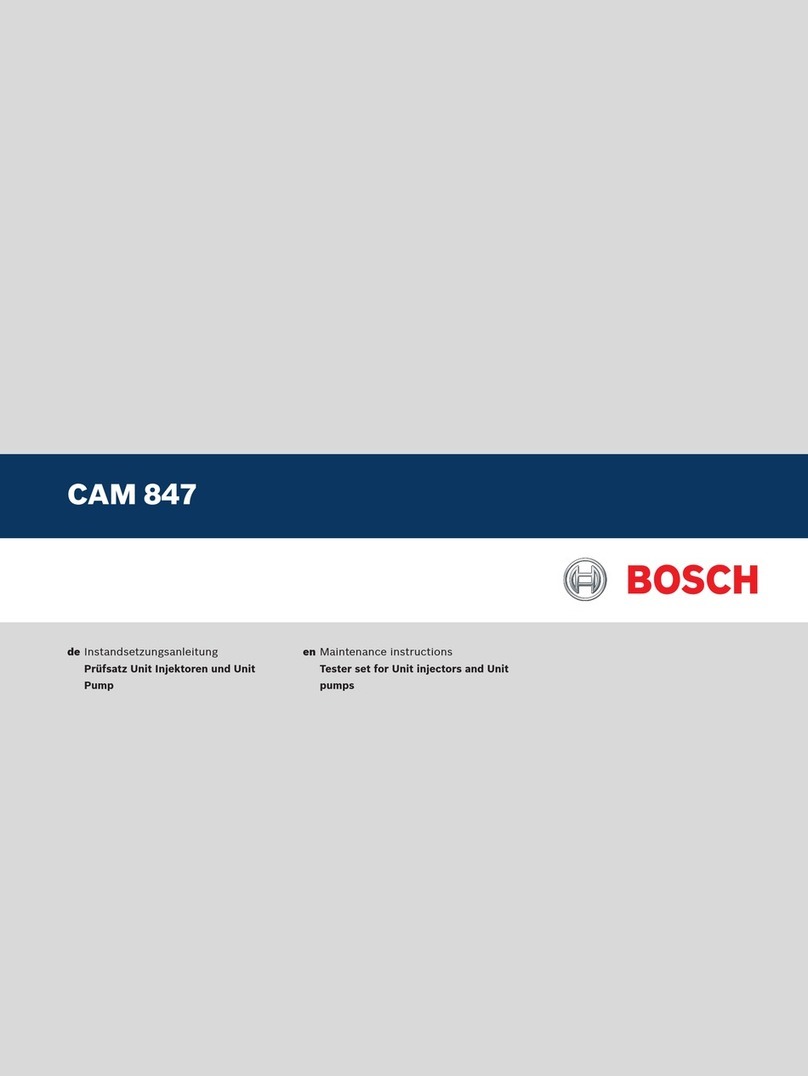
Bosch
Bosch CAM 847 Technical specifications
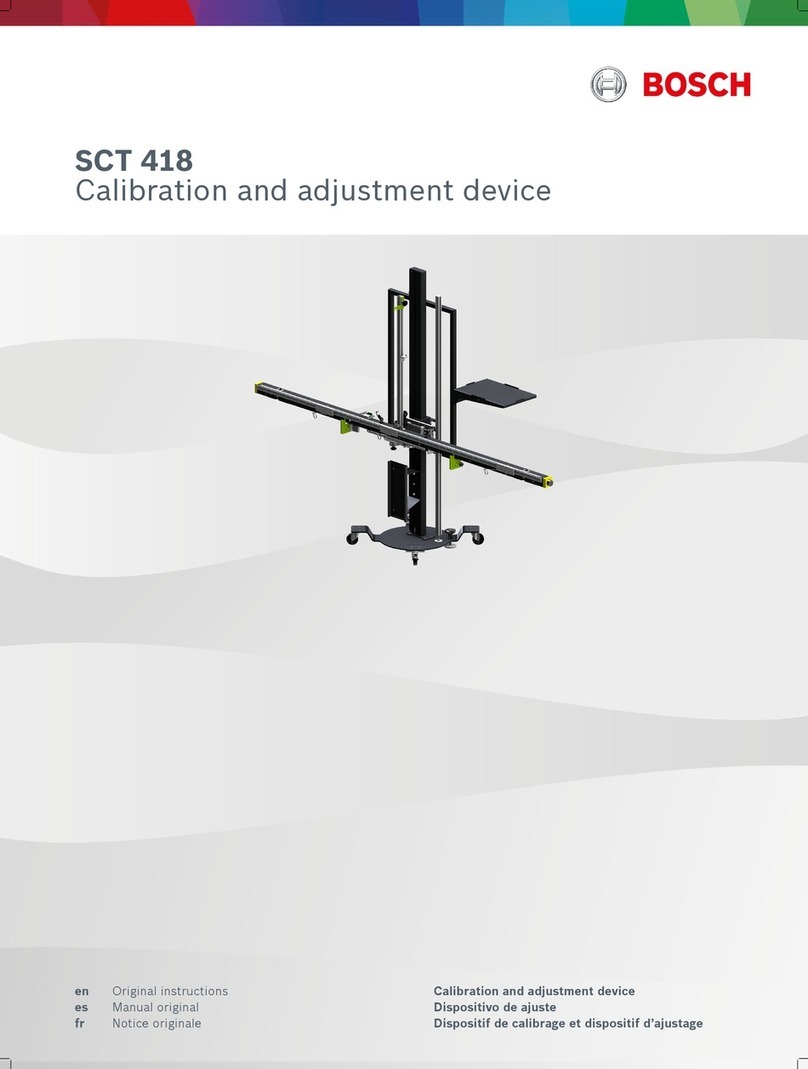
Bosch
Bosch SCT 418 User manual

Bosch
Bosch EFEP 375A User manual
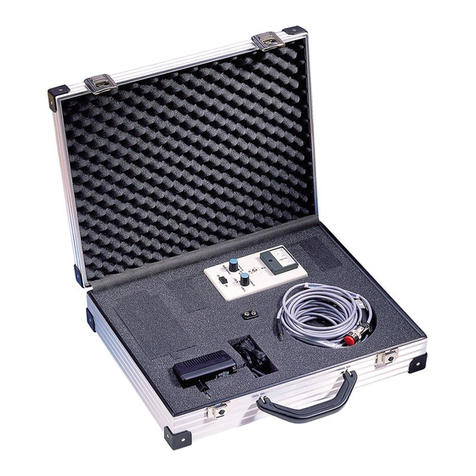
Bosch
Bosch rexroth VT-SVTSY-1 User manual
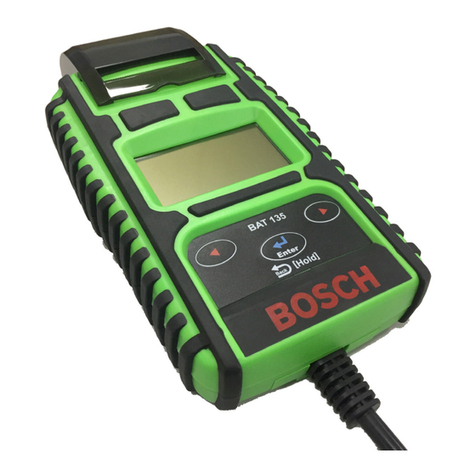
Bosch
Bosch BAT 135 User manual

Bosch
Bosch RG8.0 User manual
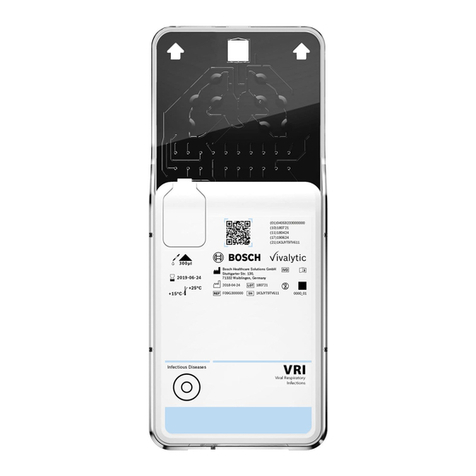
Bosch
Bosch Randox Vivalytic VRI Test User manual
Popular Test Equipment manuals by other brands

Redtech
Redtech TRAILERteck T05 user manual

Venmar
Venmar AVS Constructo 1.0 HRV user guide

Test Instrument Solutions
Test Instrument Solutions SafetyPAT operating manual

Hanna Instruments
Hanna Instruments HI 38078 instruction manual

Kistler
Kistler 5495C Series instruction manual

Waygate Technologies
Waygate Technologies DM5E Basic quick start guide

StoneL
StoneL DeviceNet CK464002A manual

Seica
Seica RAPID 220 Site preparation guide

Kingfisher
Kingfisher KI7400 Series Training manual

Kurth Electronic
Kurth Electronic CCTS-03 operating manual

SMART
SMART KANAAD SBT XTREME 3G Series user manual

Agilent Technologies
Agilent Technologies BERT Serial Getting started





